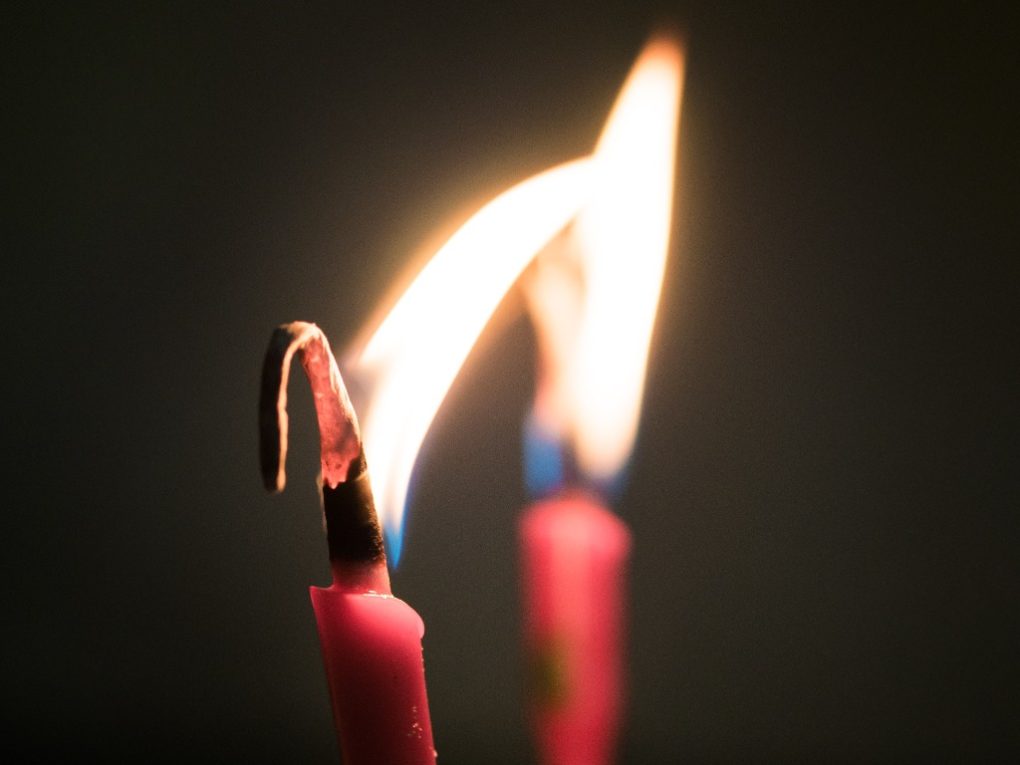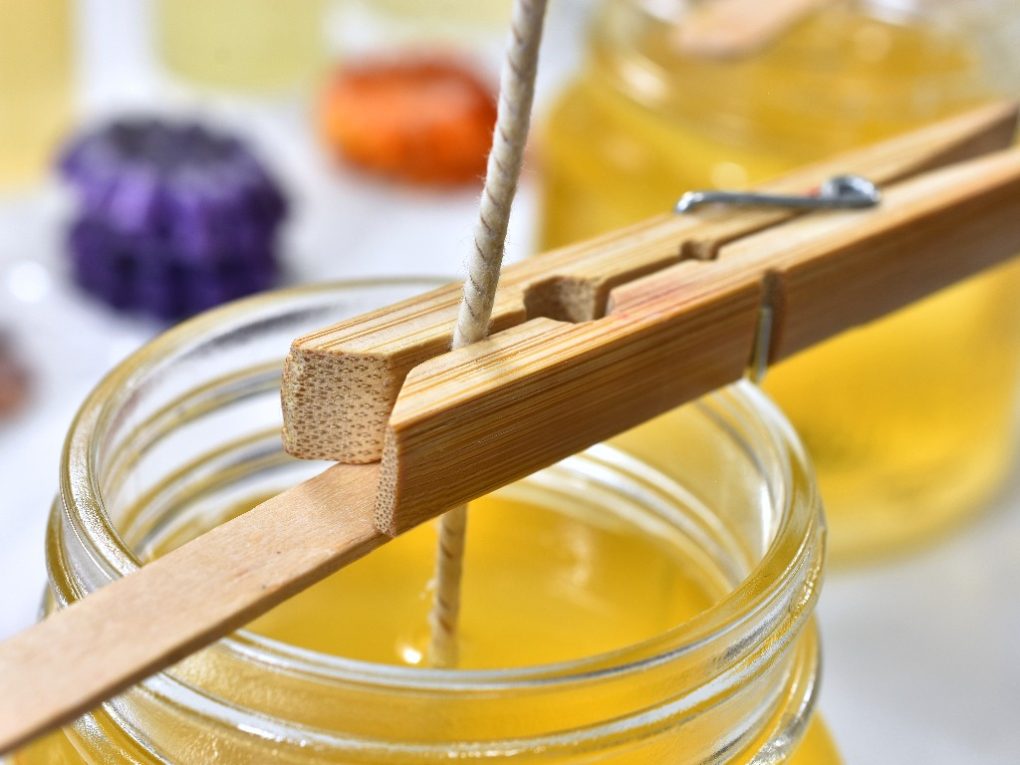A frequent issue arises from ensuring the wick burns uniformly. This prevents carbon buildup, often called mushrooming. Certain candle wicks are designed too self-trim. They curl as they burn, keeping the flame from growing too high. Uneven burning can also cause the wick to move and curl.
knowing why candle wicks bend is key for candle lovers. it helps you pick the best candle and enjoy it fully. We’ll explore the reasons behind wick curling and its impact on how your candle burns.
Causes Candle Wicks to Curl
Candlewick curling can be annoying for both candle makers and users. Several things can cause this problem, such as:
Using the Wrong Wick Size
A frequent reason for candle wick curling is using an incorrect wick size. A wick that’s too small won’t pull enough wax for a steady flame. Conversely, a wick that’s too large will produce an oversized flame, melting the wax unevenly. Selecting the right wick size for your candle type is therefore crucial for optimal burning.
Using the Wrong Wax Type
The wax type substantially impacts wick curling. Certain waxes generate more soot and carbon, leading to wick deformation. Soy wax, notably, tends to produce more soot compared to alternatives. Selecting a wax that complements your wick is crucial. Always adhere to the manufacturer’s guidelines for optimal performance.
Using the Wrong Additives
Improper use of additives like fragrance oils or dyes can lead to wick curling. Too much fragrance oil softens the wax, causing the wick to curl.Always follow the manufacturer’s guidelines for additive amounts.
Pouring Temperature
Wax pouring temperature also influences wick curling. Excessively hot wax can lead to this issue. Always adhere to the manufacturer’s suggested pouring temperatures for optimal results.
Drafts and Airflow
Breezes and ventilation can also contribute to wick curling, as noted by Three Foragers. excessive airflow around a candle can lead to a flickering flame and a curling wick. It’s best to position your candle in a spot with little to no draft.

Storage Conditions
Experience shows that storage significantly impacts wick behavior. High humidity environments cause wicks to absorb moisture, leading to curling. thus, keep candles in cool, dry locations for optimal performance.
Tips to Fix Curling Candle Wicks
Trimming the Wick
A simple solution for a curling candle wick is regular trimming. Maintain the wick at approximately 1/4 inch. A shorter wick is less likely to curl. Use scissors or a wick trimmer before each lighting. This promotes even burning and prevents curling or mushrooming.
Re-Pouring the Candle
A curling candle wick, often due to an oversized wick or wax issues, might require a re-pour. Begin by melting the existing wax and taking out the old wick. Next, select a new wick suited to your candle’s dimensions. Pour the melted wax back into the container, inserting the new wick. Allow the candle to cool and harden completely before its first use.
Using a Wick Holder
A wick holder ensures your wick stays upright and prevents bending. It’s a small clip, made of metal or plastic, that secures the wick.Simply attach the holder to the wick and position it on the candle container’s rim, ensuring the wick is straight and centered. After pouring the wax and allowing it to cool completely, remove the holder before you light your candle.

Adjusting the Pouring Temperature
Wax pouring temperature significantly impacts candle performance. Overheated wax can lead to wick curling and mushrooming. Conversely, wax that’s too cool may result in uneven burning.
Explore various pouring temperatures to pinpoint the optimal heat for your candle creation. Typically, a pouring temperature range of 135-145 degrees Fahrenheit works best for most candle types.
Preventing Curling Candle Wicks
Choosing the Right Wick Size
Candle wicks often curl due to excessive length. Selecting the correct wick size is crucial to avoid this. Your candle’s diameter dictates the appropriate wick size. Opt for a wick no wider then your candle’s diameter. an oversized wick generates a bigger flame, leading to curling.
Using the Right Wax Type
The wax you choose significantly impacts candle wick curling. Certain waxes are more susceptible to this issue. Soy wax, as a notable exmaple, is notorious for causing wick curl. if you’re facing this problem with soy wax candles, consider switching to beeswax or paraffin wax.
Avoiding Drafts and Airflow
Candle wicks can curl due to drafts and airflow. Burning candles generate heat, causing air movement. Drafts make the flame flicker, leading to wick curling. Prevent this by burning candles away from drafts.avoid placing them near open windows or doors.
Storing Candles Properly
Proper candle storage impacts wick curling. Warm environments melt wax, leading to wick issues. Store candles in cool, dry spots away from heat and sun. Keep candles upright to prevent wick bending or curling.
